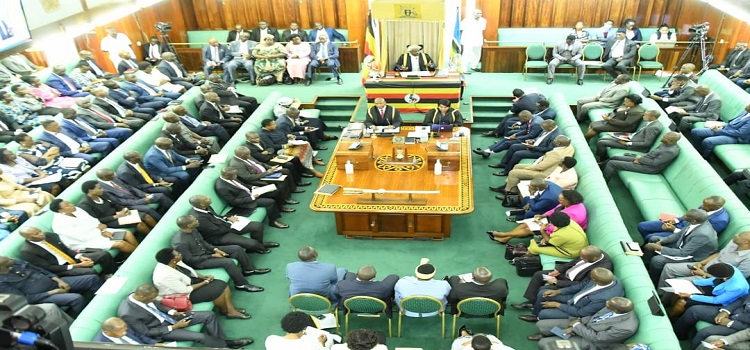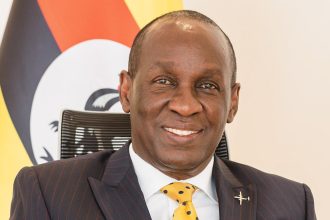Uganda’s political landscape has witnessed a series of constitutional amendments and reforms in recent years. The removal of the 35 to 75 year presidential age limit in 2017 marked one of the significant changes, which generated both praise and criticism. However, another reform is currently under consideration, involving the reduction of parliamentary seats from around 500 to about 250. While this proposition finds support, there’s a call for a more radical overhaul of the parliamentary structure.
On October 9, 2019, Mzee Augustine Ruzindana, in a Facebook post, drew attention to Italy’s reduction of the number of MPs in its Lower House from 630 to 400 and the Senate from 315 to 200. This move was projected to save Italy €81.6 million annually. It begs the question: Can Uganda replicate such a reduction? The answer is affirmative. Uganda can indeed downsize its parliamentary seats, and it can do so by adopting models like numerical representation and proportional representation.
Numerical representation entails fixing the number of people required to constitute a constituency for parliamentary representation. In contrast, proportional representation fixes the number of seats in parliament, with political parties sharing seats based on the percentage of total national votes in general elections.
The current situation in Uganda, particularly in the creation of new districts, has made the numerical representation model obsolete. The creation of new districts invariably results in an increase in parliamentary seats, often irrespective of the actual population of the region. This has led to the possibility of an MP representing as few as 30,000 people, undermining the democratic culture that parliament should embody.
A Proposal for Change:
To address this issue and radically reduce the size of parliament, a proposal has emerged for a parliament with 100 MPs. These MPs would be nominated by political parties through internal elections. All participating political parties would submit a list of 100 MPs to the Electoral Commission as aspiring candidates. The Electoral Commission would then conduct background checks and declare them as candidates.
In the selection or election of these candidates, political parties would be required to consider affirmative action for marginalized groups, such as women, workers, disabled individuals, and youth. Furthermore, the proposal ensures that each district existing as of April 11, 1979, or January 26, 1986, has a minimum of one MP.
The leader of a political party participating in the elections would also be among the 100 aspiring MPs for that party. Moreover, a party leader whose party secures at least 1 percent of the total national vote automatically becomes an MP. This approach would place political parties at the center of politics, and the party leader with the most seats would form the government, provided they have the support of at least 51 MPs.
In essence, the call for reducing the number of parliamentary seats is not only about efficiency but also about redefining the role of parliament and strengthening the role of political parties in Uganda’s democracy.




















